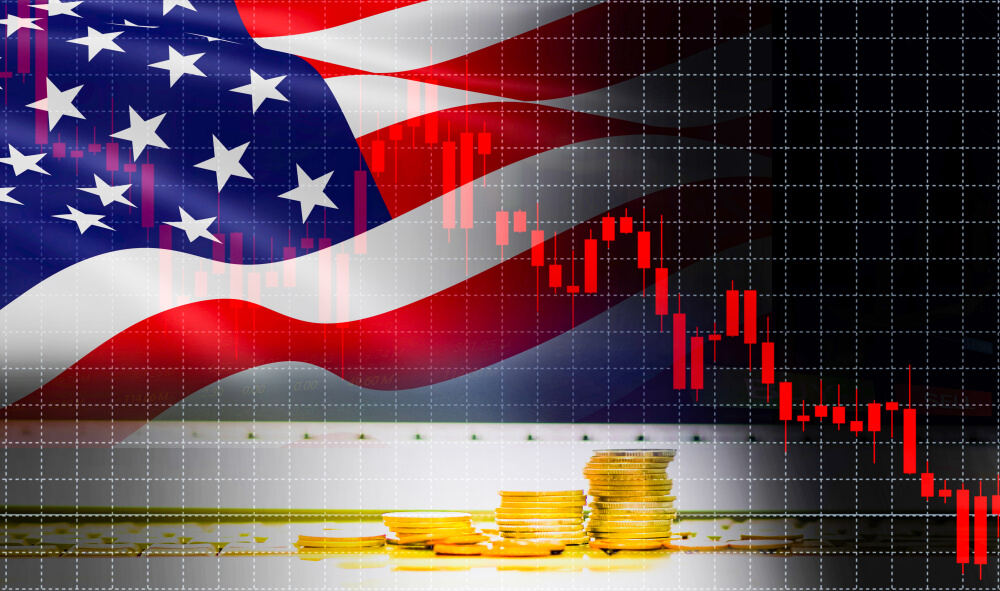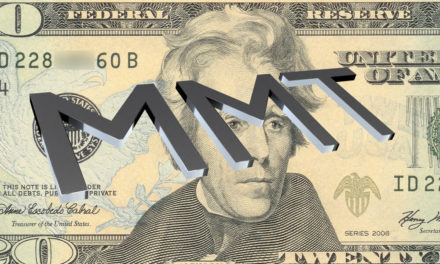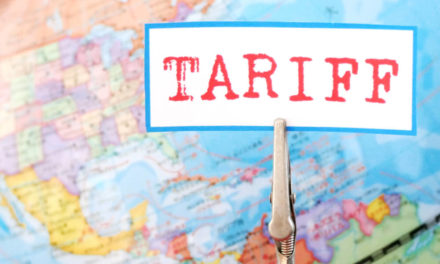If the U.S. and China don’t get their acts together regarding a new trade deal, it will send the U.S. economy into a recession by next spring, according to Morgan Stanley’s chief economist.
Specifically, if U.S. President Donald Trump follows through with his threat to put 25% tariffs on another $300 billion worth of Chinese imports and Beijing retaliates, the U.S. GDP could shrink for two straight quarters in a nine-month period, Morgan Stanley’s Chetan Ahya wrote in a note to clients and published by Markets Insider.
Of course, trade fears sent markets into a tailspin for the entire month of May, with the S&P 500 dipping 6.5% in the worst May since 2010, and the Dow seeing losses for a sixth straight week, costing investors up to $7 trillion.
The global economy also is slowing, with growth in global imports of capital goods dipping 3% during the first quarter of 2019 to its lowest level in more than three years, while growth in global investment slowed 1.3% to just 3.4% total, Ahya told the Financial Times.
“Recent conversations with investors have reinforced the sense that markets are underestimating the impact of trade tensions,” Ahya wrote. “Investors are generally of the view that the trade dispute could drag on for longer, but they appear to be overlooking its potential impact on the global macro outlook.”
JPMorgan says the chance of recession this year jumped from 25% only a month ago to now 40%. Goldman Sachs, in anticipation of a 10% tariff on all goods imported from China and Mexico, lowered its GDP projection a half-percent down to just 2% for the second half of 2019.
Trump first accused China of “reneging” on parts of a new trade deal before hiking tariffs on $200 billion worth of Chinese imports from 10% to 25%. He then blacklisted Chinese telecom giant Huawei from U.S. networks and cut off the supply of American-made tech to Huawei over spying concerns.
China retaliated by slapping tariffs on $60 billion worth of U.S. imports and threatened to cut off the supply of rare earths, also dumping some U.S. Treasurys and announcing an investigation into FedEx.
Trump then announced he was imposing 5% tariffs on Mexican imports starting June 10, with the duties rising all the way to 25% by October unless Mexico stops migrants from crossing through its country and illegally entering the U.S. He also revoked India’s status as a “beneficiary developing country,” which had exempted billions of dollars worth of its exports from U.S. tariffs.




